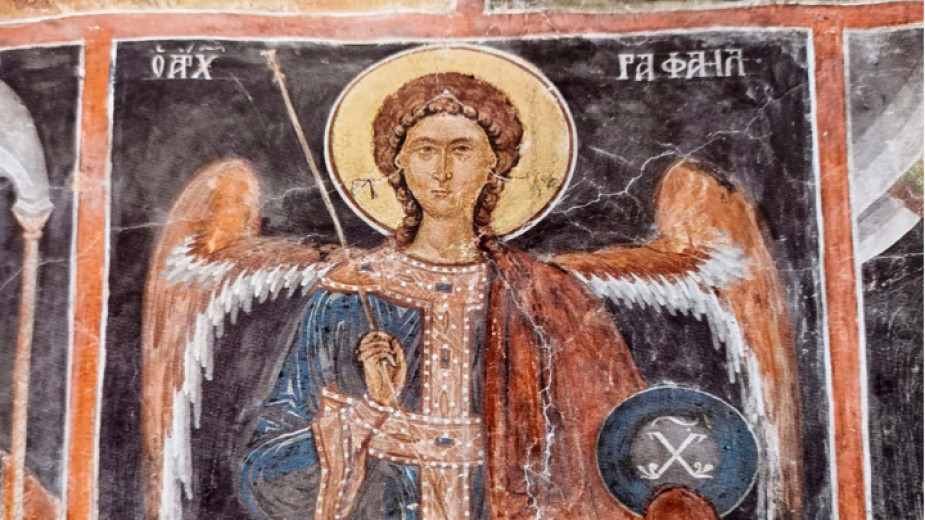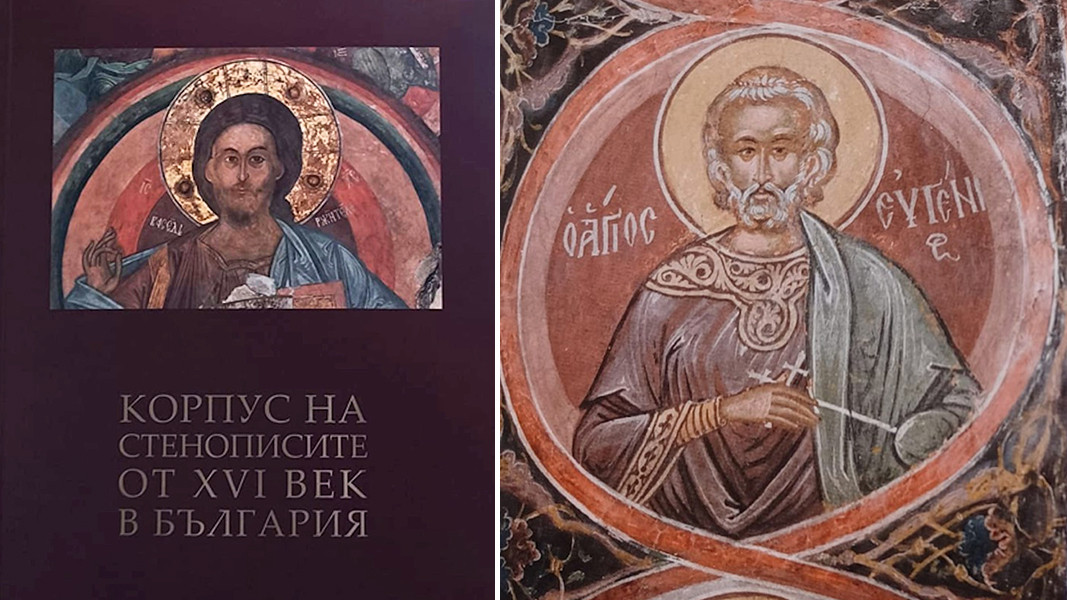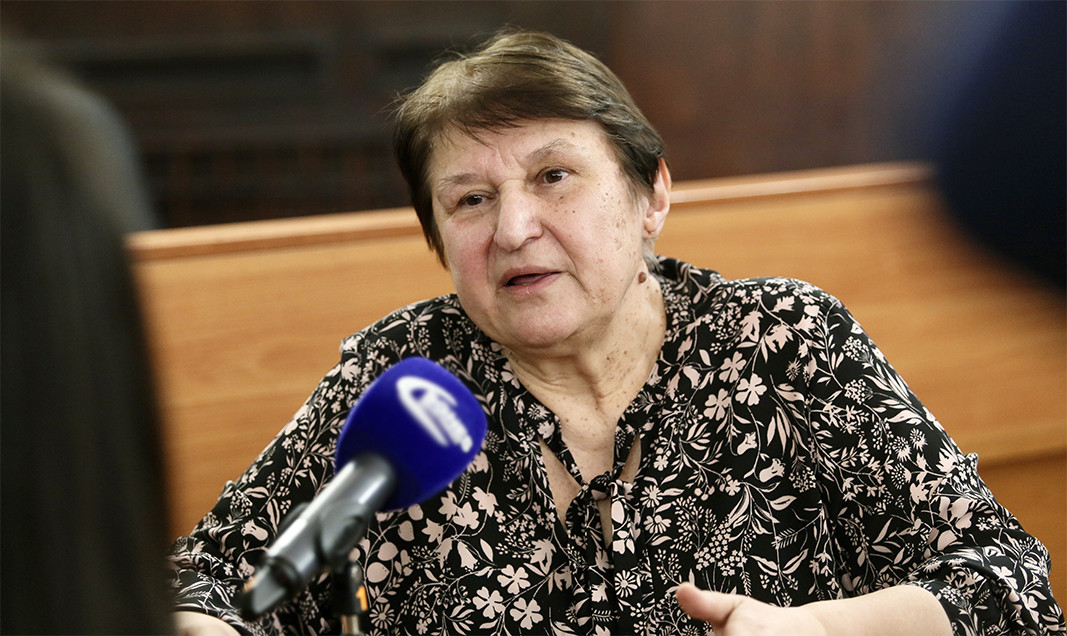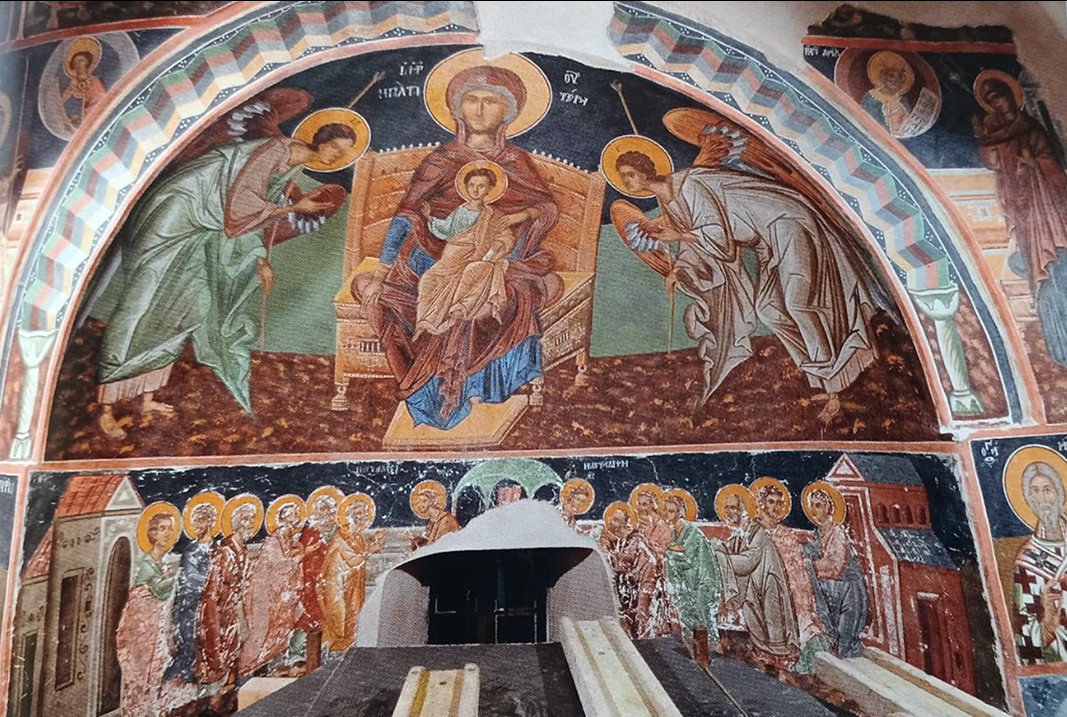 7
7




Bulgaria has been a member of the EU since 1 January 2007. However, Bulgaria had representatives in the European Parliament before its official membership. In 2005, the National Assembly elected 18 Bulgarian MPs who had the status of Euro observers...
The exhibition "The Lords of Salt: Provadia - The Saltworks 5600 - 4350 BC" will be presented in Sofia. The temporary exhibition will be officially opened on June 11 at the National Archaeological Institute and Museum of the Bulgarian Academy of..
The testimonies of those who took part in the fateful events of 1876 are numerous and often contradictory. But the letters and documents about the April Uprising, which led to the liberation of Bulgaria , paint a fuller picture of the events that goes..
The exhibition "The Lords of Salt: Provadia - The Saltworks 5600 - 4350 BC" will be presented in Sofia. The temporary exhibition will be officially..
Bulgaria has been a member of the EU since 1 January 2007. However, Bulgaria had representatives in the European Parliament before its official..

+359 2 9336 661
